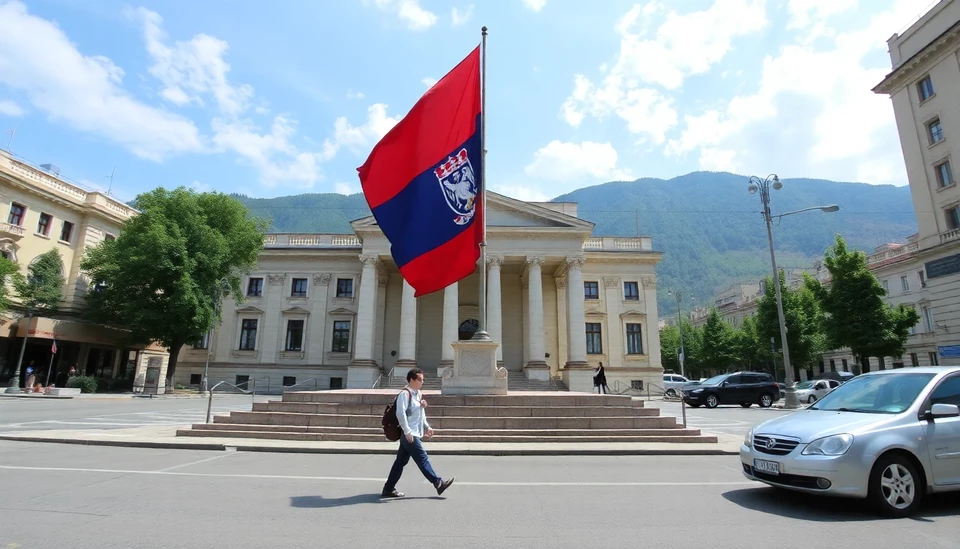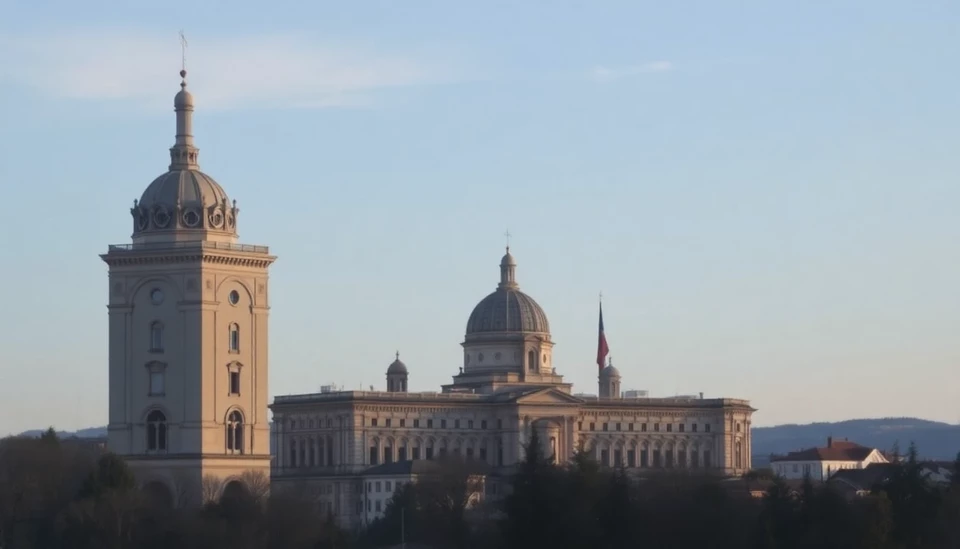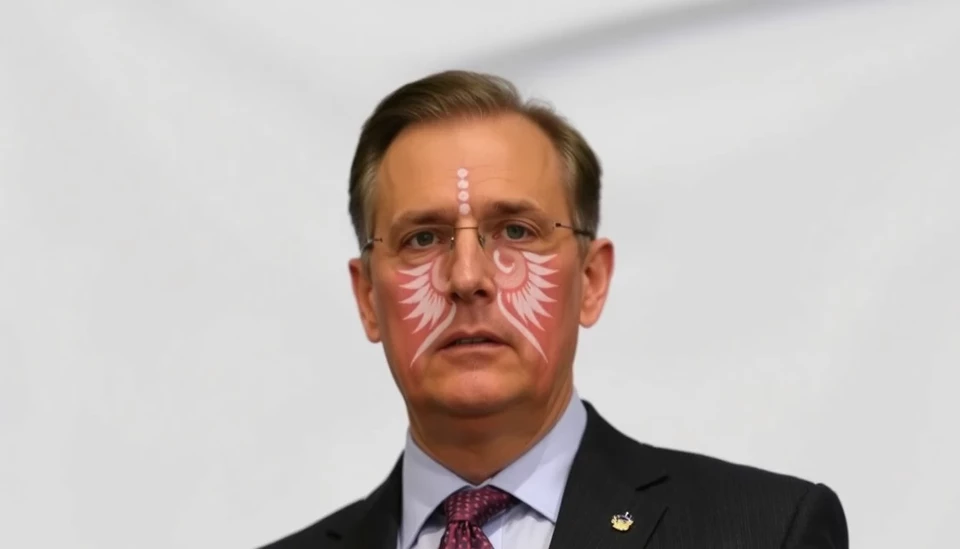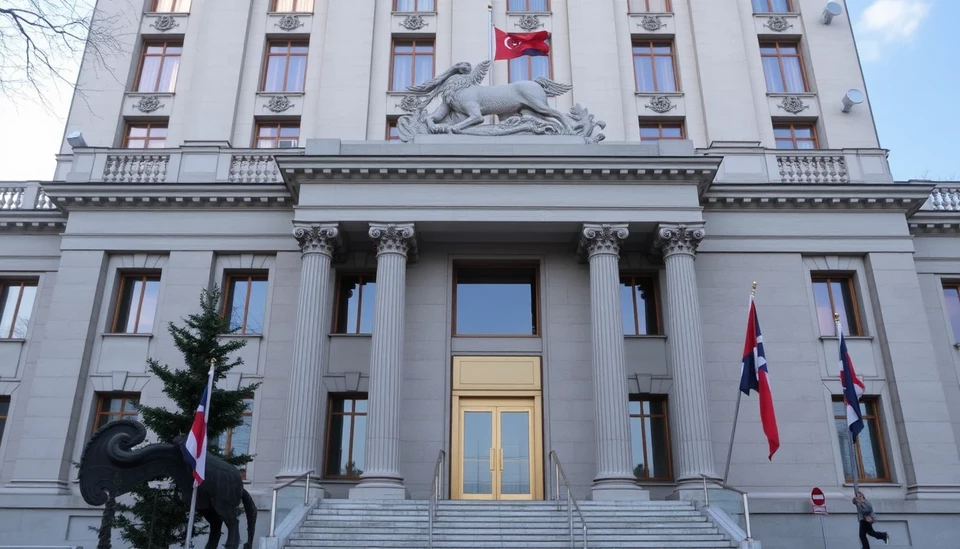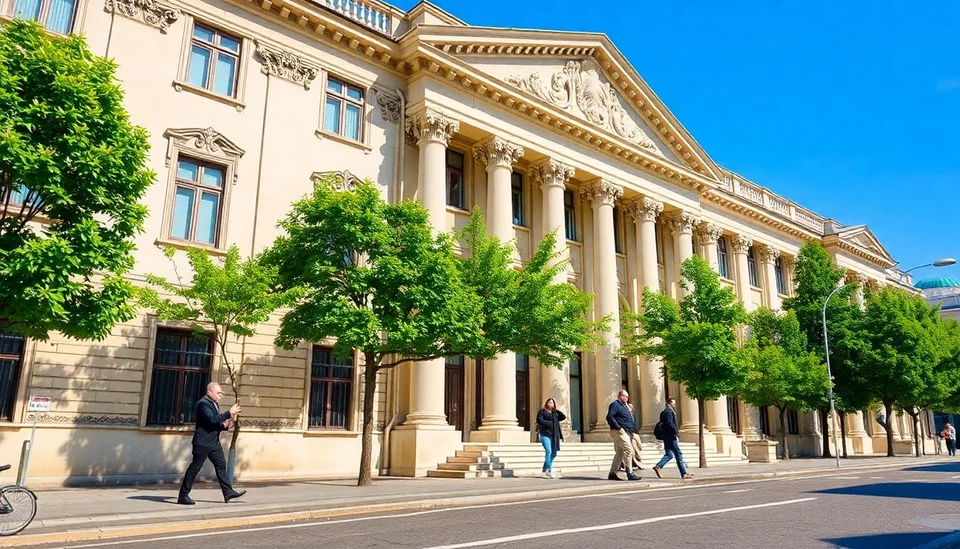
In a significant decision rendered on March 13, 2025, Serbia's central bank has opted to keep its benchmark interest rate steady at 5.75%. This move comes amidst a complex backdrop of escalating price pressures, persistent inflationary concerns, and mounting public discontent, resulting in widespread street protests across the nation.
The National Bank of Serbia (NBS) has been closely monitoring the dynamic economic landscape marked by heightened inflation, which has raised red flags for policymakers. Despite some optimistic projections for a potential slowdown in inflation, the central bank remains vigilant, aware that external factors could disrupt this anticipated trend. By holding the interest rate, officials aim to strike a balance between stimulating growth and curbing inflationary tendencies that have dire implications for the purchasing power of ordinary citizens.
During the recent meeting, the NBS emphasized the importance of maintaining a stringent monetary policy to counteract lingering inflationary risks. This is particularly vital as Serbia grapples with a year that has already seen significant volatility in price levels, exacerbated by fluctuating energy costs and global economic uncertainties. The bank's decision reflects a cautious approach, seeking to provide stability while navigating the ever-changing financial environment.
In addition to economic considerations, the central bank is also deeply aware of the socio-political climate. Over recent weeks, protests have erupted in various cities, signaling widespread dissatisfaction among the populace regarding rising living costs and a perceived lack of governmental action. Citizens are increasingly vocal about their grievances, demanding changes that address the pressing financial challenges they face daily.
The protests have not only highlighted the influence of economic realities on public sentiment but have also become a catalyst for political discourse within the country. As demonstrators call for reforms and greater government accountability, the intersection of economic policy and civil activism is drawing significant attention both domestically and internationally.
In light of these developments, analysts are closely watching Serbia's economic indicators as they look for signs of potential shifts in policy. The central bank's steadfast approach to interest rates is a reaffirmation of its commitment to tackling inflation, while simultaneously recognizing the need to address the public's growing frustration with economic inequalities.
As Serbia navigates these turbulent waters, the central bank's decisions will be crucial in shaping the country's financial future. The balancing act between stimulating economic growth and controlling inflation will continue to be a focal point as officials work to restore public confidence and stabilize the economy.
With the country's economic circumstances constantly evolving, the NBS remains dedicated to utilizing all available tools to enhance financial stability. The forthcoming months will prove critical as both policymakers and citizens alike grapple with the ramifications of these ongoing challenges.
As Serbia's economic future hangs in the balance, many are left wondering how long the central bank can maintain its current course in the face of both external pressures and internal discontent.
#Serbia #InterestRates #Inflation #Protests #CentralBank #EconomicPolicy #PublicDissatisfaction #MonetaryPolicy #FinancialStability #BankingSector
Author: Laura Mitchell
